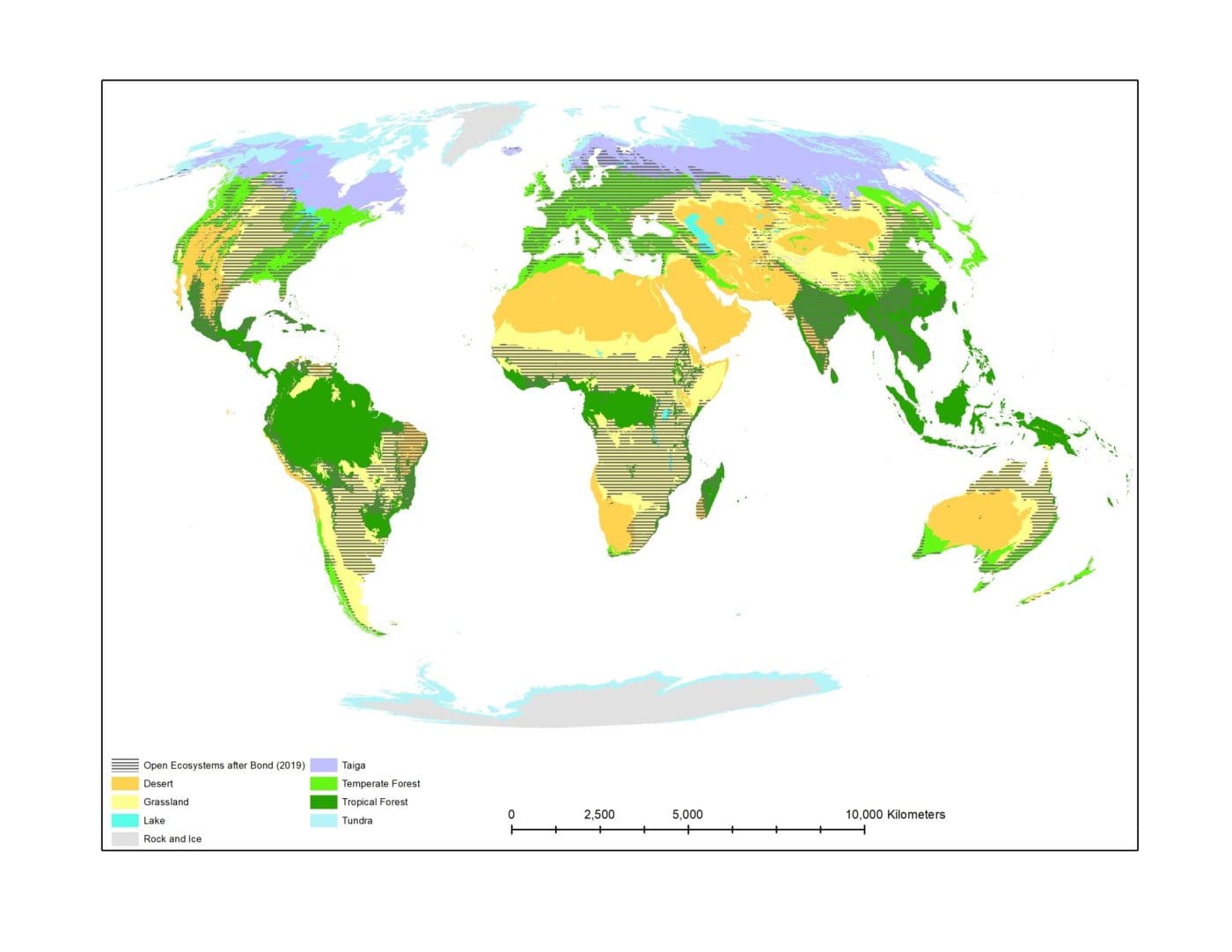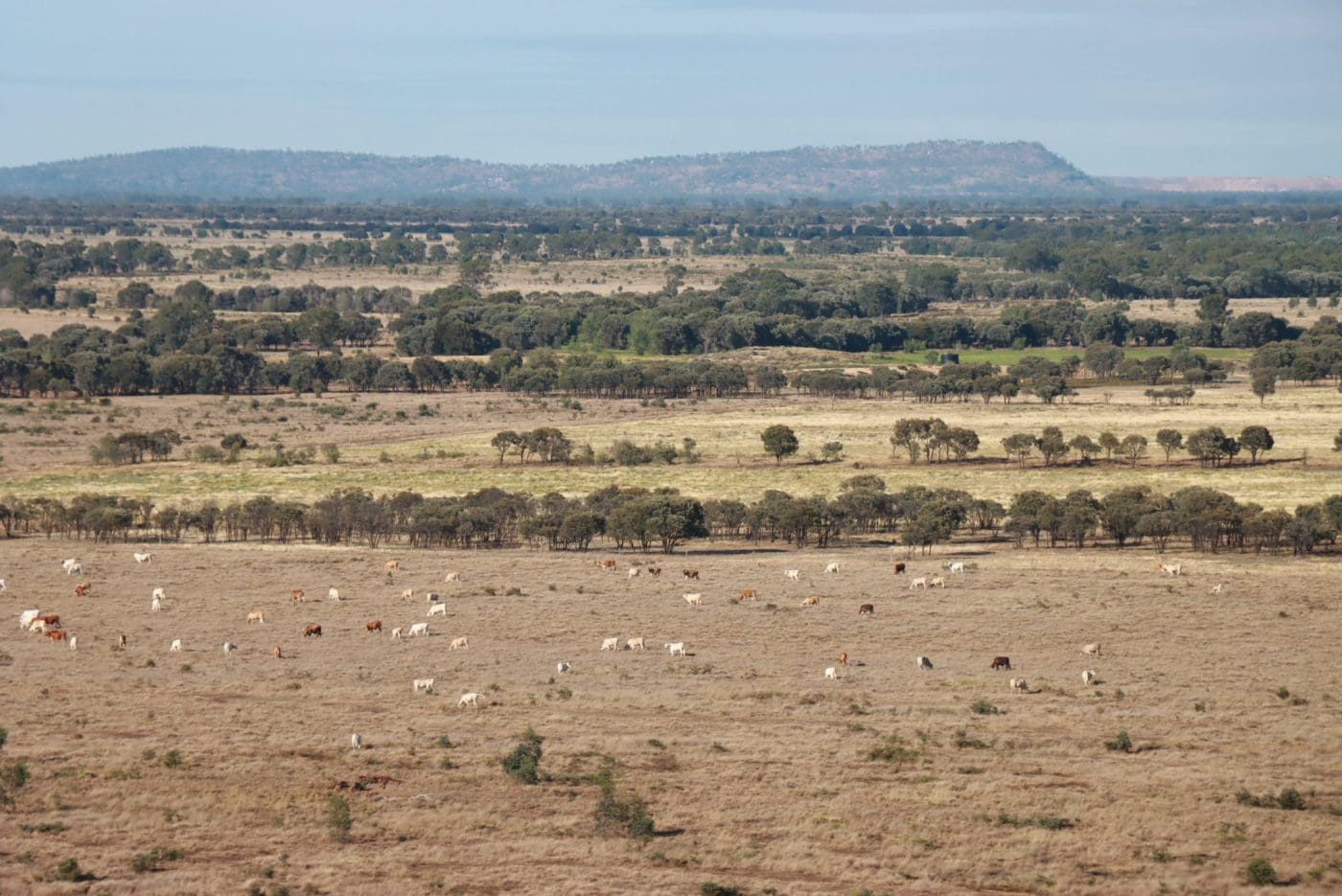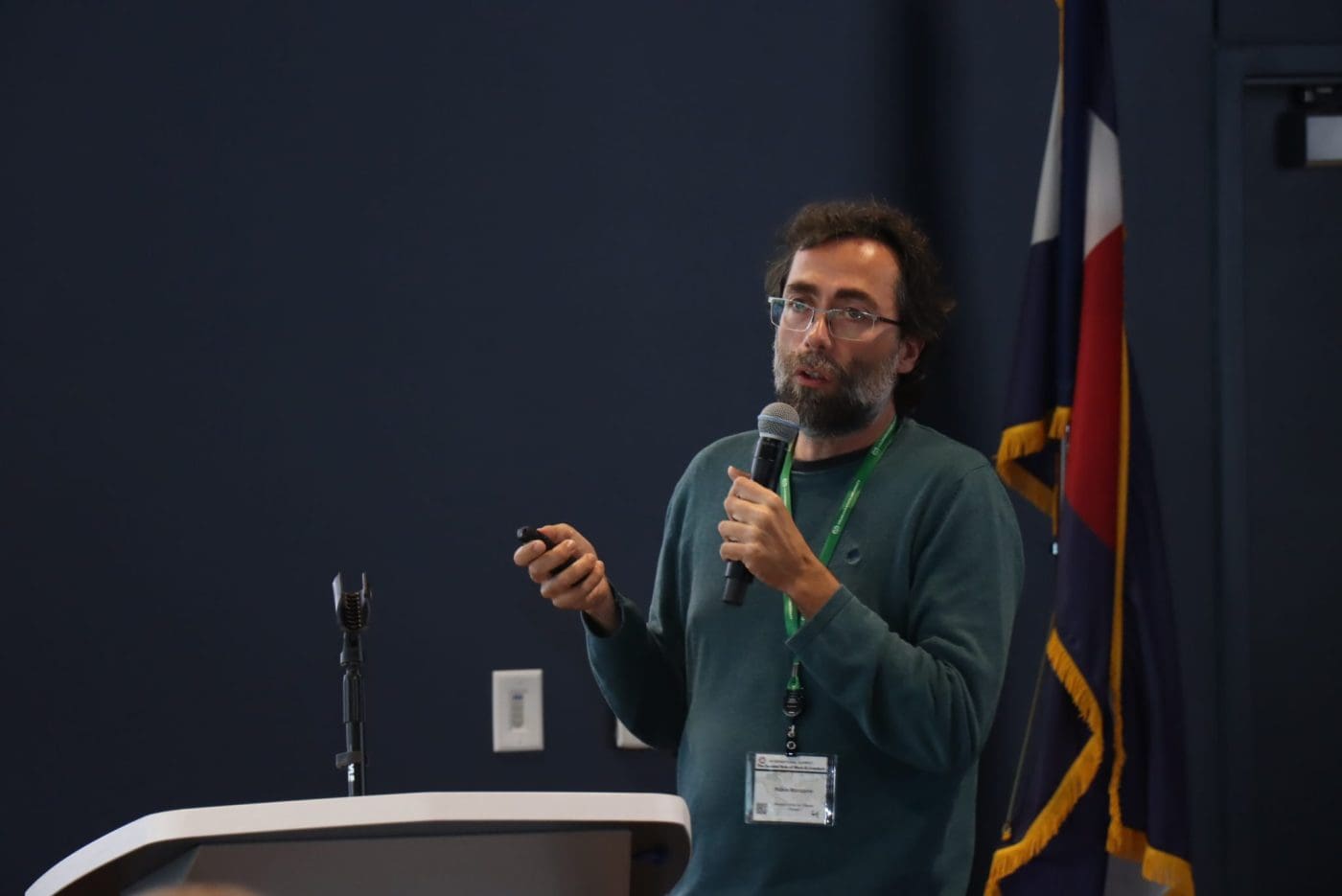TAKING animals off landscapes is unlikely to reduce emissions or regenerate forests, according to a leading European ecological researcher.
Dr Pablo Manzano, who works out of the Spanish-based BC3 Basque Centre for Climate Change as an Ikerbasque researcher, and the University of Helsinki in Finland, has been studying the evolution of herbivores over millions of years. He said, as far as he was aware, he was the only researcher studying this field.
His work provides a more nuanced perspective than environmental groups, who have gained a lot of prominence in recent years by arguing that cattle belching out methane is causing global warming and that knocking over any tree is bad for the environment.
As one of the leaders of the Dublin Declaration, Dr Manzano has published research suggesting that historic herbivore populations were roughly the same as what they are today.
At the recent Societal Role of Meat conference in Denver, a follow up from Dublin, he presented further research looking at what the historic herbivore populations and landscapes means in the global focus on limiting climate change.
Dr Manzano said he was hoping his work would add more nuance to a system that considers that removing livestock would also remove emissions. He said in many areas this would simply not be the case.
“Extensive livestock has high methane emissions and low fossil-fuel use. When we convert that into intensive farming, which is suggested very often as a way of reducing greenhouse gas emissions, we lower the greenhouse gas emissions at the price of increasing fossil fuel use,” he said.
“The part that is usually not analysed is that these animals will be placed in a smaller area and there is a large area that would be abandoned.
“That area does not stay empty, it would be filled with wild herbivores – like bison in America, red deer in Europe, wildebeest in Africa – all emit a lot of greenhouse gases.”
Dr Manzano highlighted many examples where abandoning rangelands that had grazed livestock on them resulted in other herbivores taking their place and emitting just as much. Including one from Europe, where war had taken human management off landscapes for more than 25 years, the herbivores moved in and the area had a high emissions footprint.
Differentiating human-caused from naturally occuring
Dr Manzano said the ecological community liked to look at the issue through the lens of the ecosphere (naturally occurring) and the technosphere (human-caused).
With livestock, he said the easy differentiation to make was to characterise extensive grazing as the ecosphere and confined systems like feedlots as the technosphere.
However, he said that simple differentiation was way too simple for the real world – as many farms operate in varying combinations of the two.
“There are some places in the world where we are having three times as many livestock because of the improved pastures. The British Isles is a good example, two-thirds of the livestock there would fall into the technosphere and one third into the ecosphere,” he said.
“The ecosphere is the equivalent to bison grazing in the prairies of the mid-west. If we were to recover those populations of bison, their emissions would not be accounted for under the IPCC guidelines because it is not managed land. But there is already published evidence showing that these emissions were substantial.
“It is absurd to count the emissions from cows that are grazing in these areas in place of the bison.”
Many areas unlikely to become forests
Converting forest to grazing land is another form of emissions that is often attributed to the cattle industry. Europe has labelled beef a “high-risk” commodity in its ban on imports from products linked to “deforestation”, with companies such as Woolworths and McDonald’s set to follow.
Using a map, which included large parts of Eastern Australia, Dr Manzano pointed out there are a lot of places across the world that were unlikely to return to forest if left untouched – because they were never a forest in the first place.
“A lot of ecosystems that we believe are going to become a forest if left untouched are actually something more like a savanna,” he said.
“There are going to be some of these landscapes that are full of herbivores and they are going to emit a lot of methane. We are going to need these herbivores to maintain ecological function.”

Map supplied by Pablo Manzano adapted from a study by William Bond. Click here for more information of click the photo to enlarge.
Dr Manzano said leaving a lot of those landscapes untouched was unlikely to cause ecological harm and could have be counterproductive in reducing emissions.
He highlighted research looking at the history of global temperatures, which suggested that when Africa, Eurasia and North America joined together about 15 million years ago, global temperatures dropped. He said it was most likely the result of carbon sequestered into soil.
“Most likely the elephants started tumbling down trees, the bovids started eating young trees and the trees started developing spines to deal with the predation.
“We think that had to do with the slow accumulation of carbon in the soils – not as fast as we need to with the current climate change efforts, but it was enough to achieve the coldest climate for the last 500 million years.”
Dr Manzano said he was concerned, through reading literature attached to the idea of abandoning rangelands, that some of the reasons for trying to regrow forests was to keep burning fossil fuels.
“We are sure that the experiment of leaving rangelands is not going to result in more emissions, they are going to burn or they are going to be taken over by wild herbivores.”
More stories from Denver
- “Nourishment table” a new approach to dietary guidelines that prioritises protein
- More studies reinforce importance of red meat in mitigating disease
- Scientists call for end to widespread discreditation of meat
- Five takeaways from the Denver Societal Role of Meat conference


